I had always known of the existence of boba before I arrived here in the United States, it was something I never really cared for or gave much thought about. But recently, boba shops have become the new Starbucks of Seattle, where you can find a boba place every couple of blocks.
What is boba?
Boba is made from tapioca starch which is derived from the cassava root. It has a soft, chewy, gummy bear-like texture that pairs well usually with milk tea or smoothies. Technically speaking, boba is a historical result of colonialism — cassava roots were originally brought by the Portuguese in the 19th century, and the Taiwanese have made this root crop their own.
Boba, or bubble tea (波霸奶茶 – bōbà nǎichá), originated in Taiwan. There have been two competing stories about which tea shop this was invented in. In 1986, Hanlin Tea Room’s owner, Tu Tsung-ho found tapioca balls on sale at Yamuliao Market in Tainan. After buying them and cooking at home, he added some milk tea and found the texture a pleasing treat.
About a year later, a tearoom chain in Taichung City, Chun Shui Tang, had an employee, Lin Hsiu-hui, experiment with a drink that combined her favorite treats (iced milk tea and tapioca) and started selling it in the tearoom. Since then, the two companies have been disputing which one actually invented the beloved drink.
Why is it important to the Asian American Community?
Boba cafes are becoming signifiers of diversity and a sense of place. In recent years, they have been more rapidly spreading across the United States, but they are most prevalent in “sanctuary cities” where Asian American communities are more prominent. Something I have noticed is that the existence of boba cafes and their density signifies the diversity of a certain place.
For example, if you go to Google Maps and search for bubble tea places in the Seattle area, you’ll notice that bubble tea cafes are concentrated more in central and south Seattle, where more Asian communities reside. Along with this, there are quite a few in the University District where there are a lot of Asian students and other minorities that consume these drinks.
This can also provide an intricate view of how redlining shaped Seattle neighborhoods in the 60’s. If you look north, it’s more difficult to find a boba shop, and there are also fewer people of color in these areas as well.
So whenever I see a boba shop in an area, it tells me as an immigrant and person of color that I am welcome and recognized here.

What does this mean to the Asian American community?
For many Asian Americans, boba has become part of their identity and serves as a reminder of their culture. Boba for me is the espresso for the Italians and the pastries for the French. Boba for me is something that I can claim for myself and feel like I have a place in this world and be recognized. I can owe this identity to the East and Southeast Asian communities who propagated the spread of boba and contributed to its worldwide dominance.
It is a community that I am part of. It is a short afternoon trip after going to the climbing gym with my Asian friend and an opportunity for me to introduce Asian culture to my non-Asian friends. And for a place like Capitol Hill, where Seattle Central is, it tells the Asian community, including me, that we are safe here.
So if you are someone who is not Asian and/or are new to the boba community, welcome! It might be a bit intimidating or weird to drink it at first, but I believe that once you try it, you’ll be hooked.
I hope you enjoy your drinks and sweet treats, but also remember that every sip you take comes with the reminder that Asian culture exists and has long contributed to diversifying not only the flavor of this country but also the community of color that makes this country a boiling pot of culture.

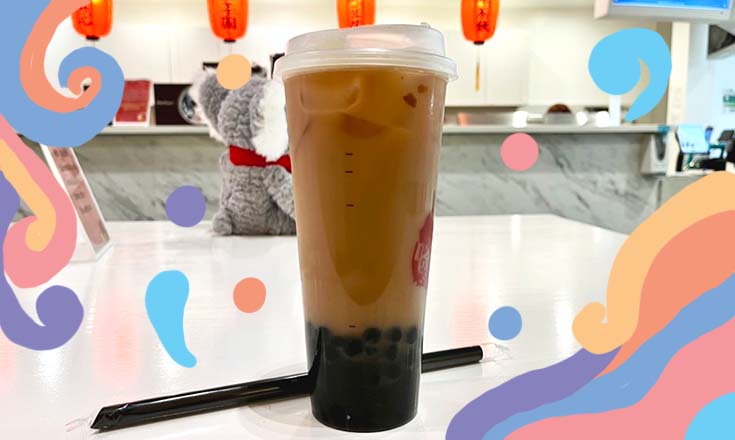
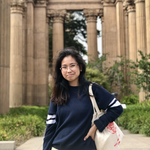
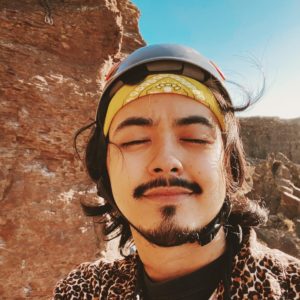

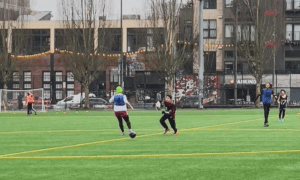
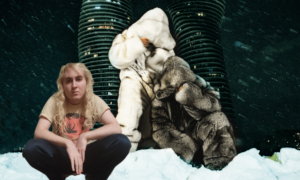
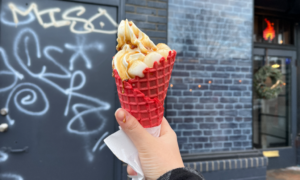





Be First to Comment